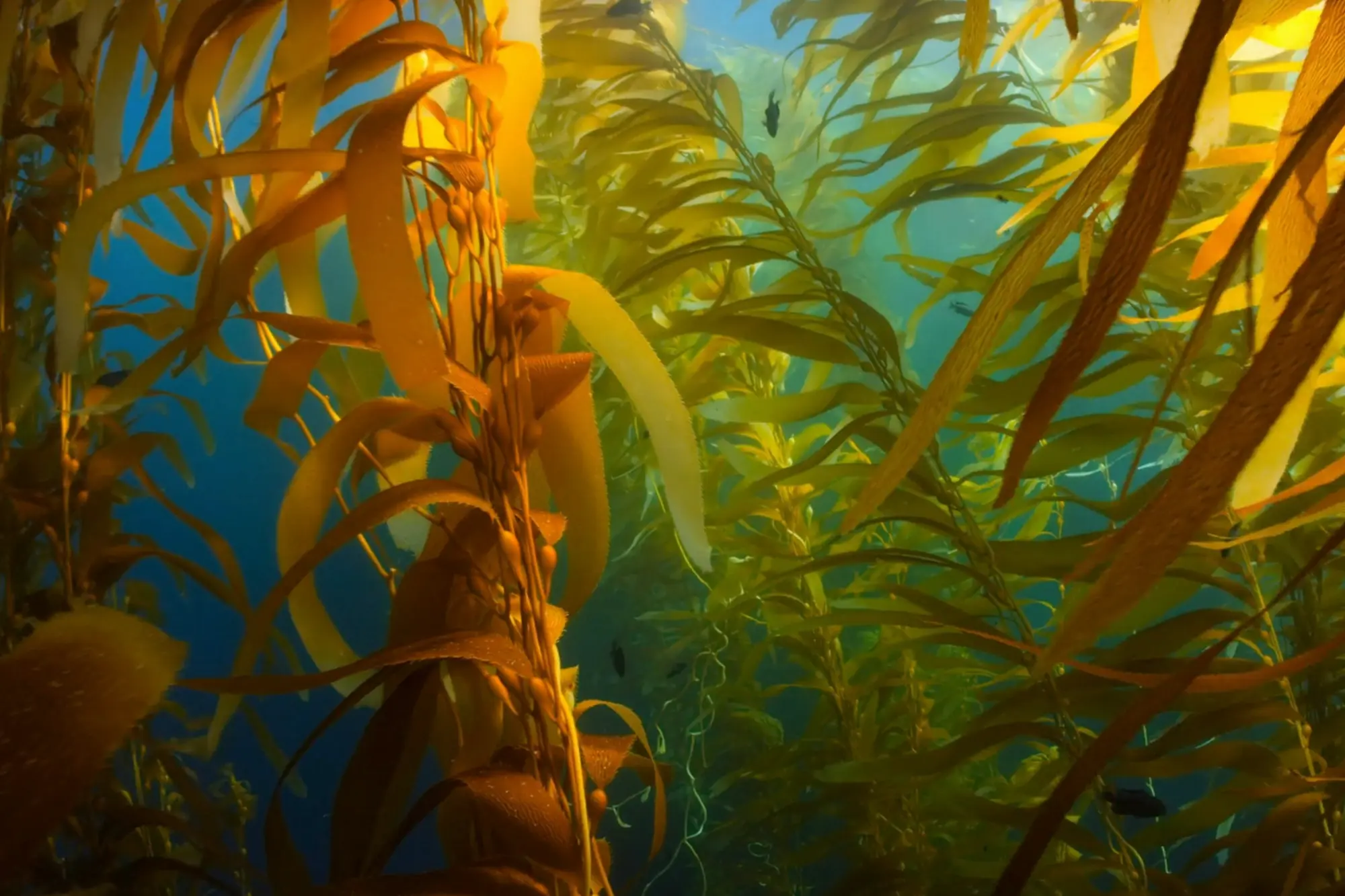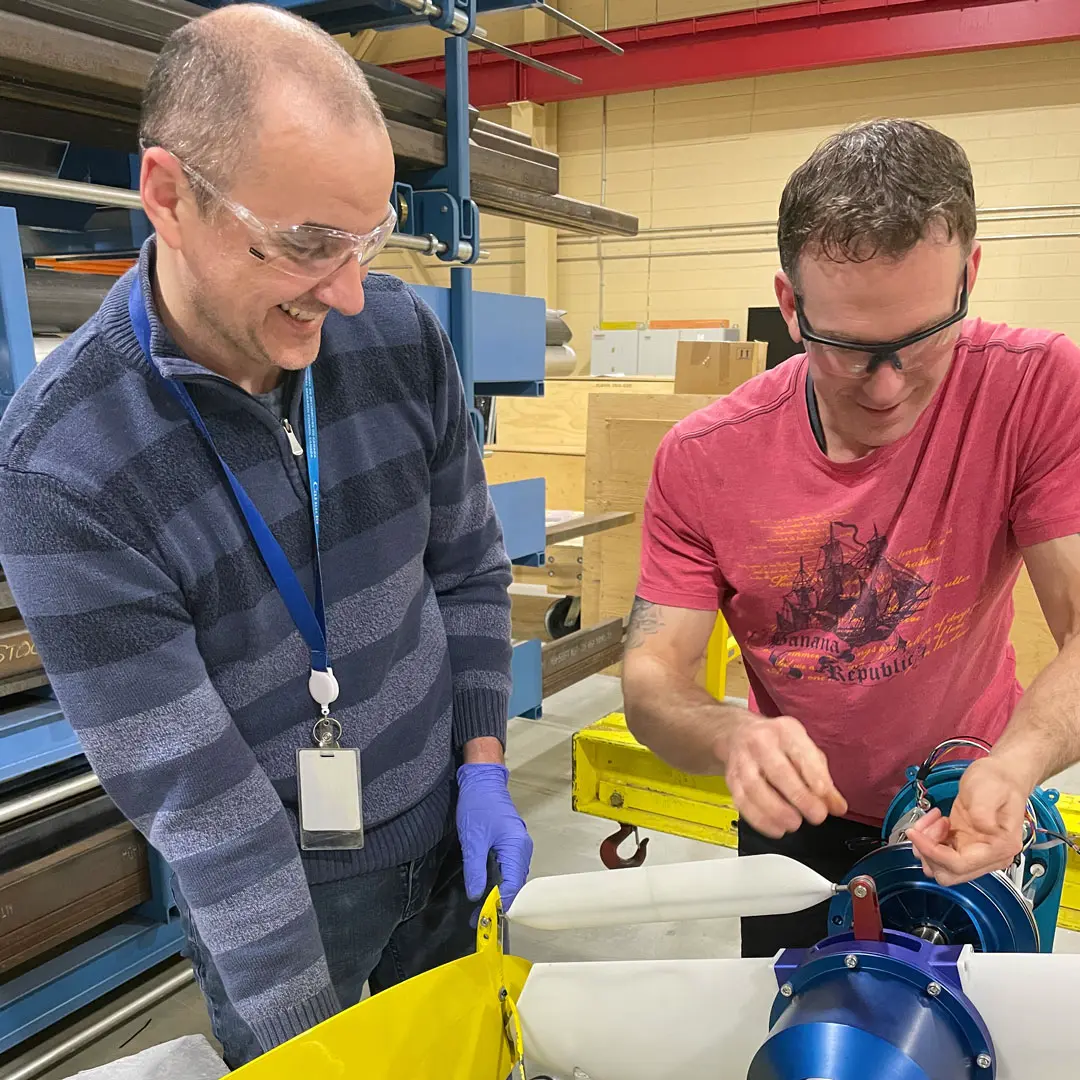From Hypothesis to Reality
What began as Dr. Stefan Siegel’s side project at the U.S. Air Force Academy over 15 years ago is now proven technology ready for deployment. The CycWEC has advanced far beyond theory, demonstrating the performance, reliability, and scalability needed to stand alongside solar and wind in the renewable energy mix.
Read the Atargis Story
2005 - 2010
Stefan pursues his idea. Early modeling confirms the feasibility of using hydrofoil lift and feedback control to scale wave energy capture.
2011-2012
U.S. Department of Energy funded testing at Texas A&M confirms the core physics and measures real power output.
2013 - 2018
The team focuses on refining the design, writing and validating advanced simulations, developing the control algorithm, and securing key patents.
2019
A new DoE grant supports the next stage of development.
2024-2026 (Current)
A $6.1 million testing campaign with National Research Council Canada is underway to verify real-world performance. Atargis Canada established. Atargis EU and Atargis UK established to support open ocean testing.
2026
1.25 MW CycWEC design for open ocean deployment started.
2027
First open ocean pilot project launches, demonstrating CycWEC’s ability to deliver reliable power to the grid.
2028
2.5 or 5 MW CycWEC enters development and testing. Form strategic partnerships with offshore wind developers to accelerate deployment.
2029+
Commercial projects come online, positioning Atargis as a leader in unlocking the world’s wave energy potential.



.webp)
